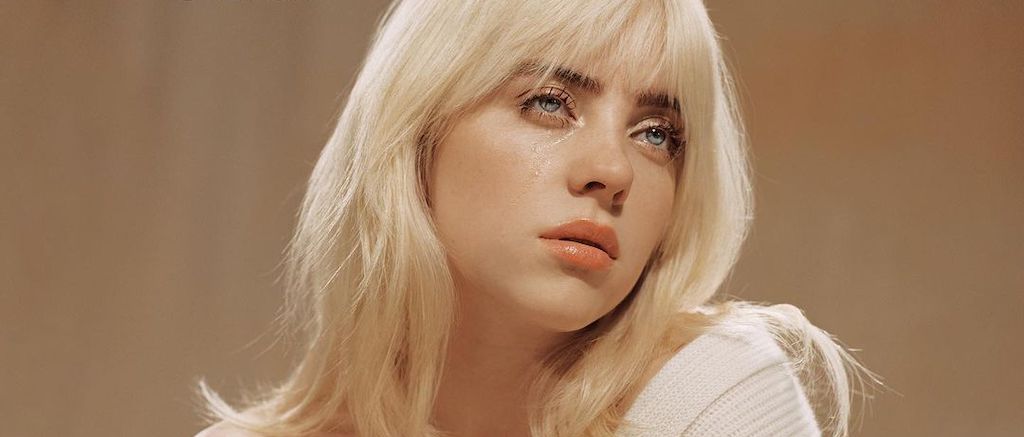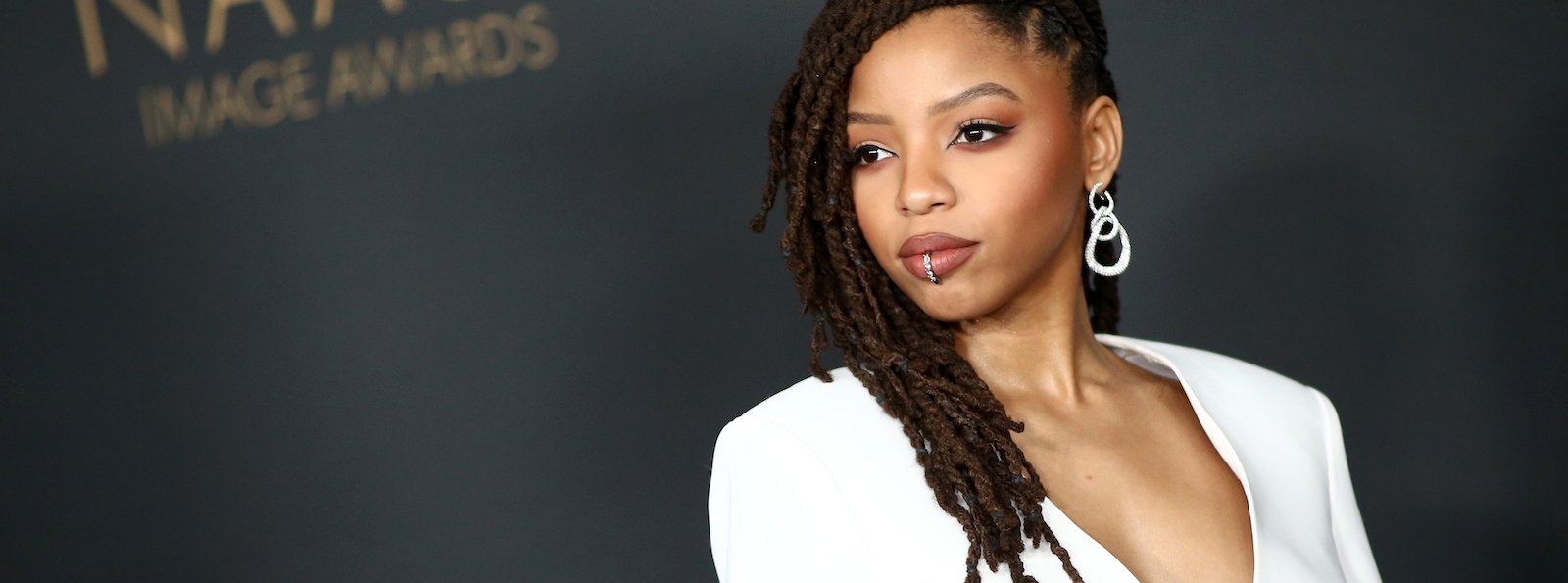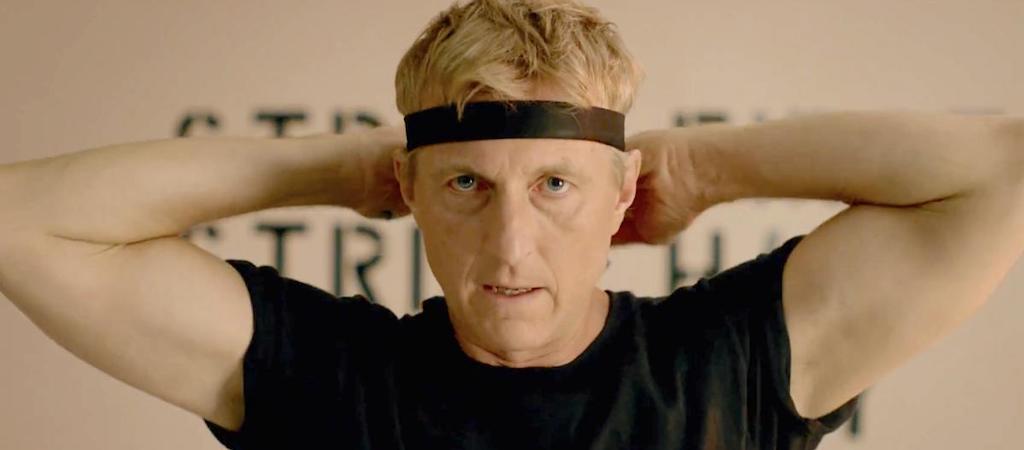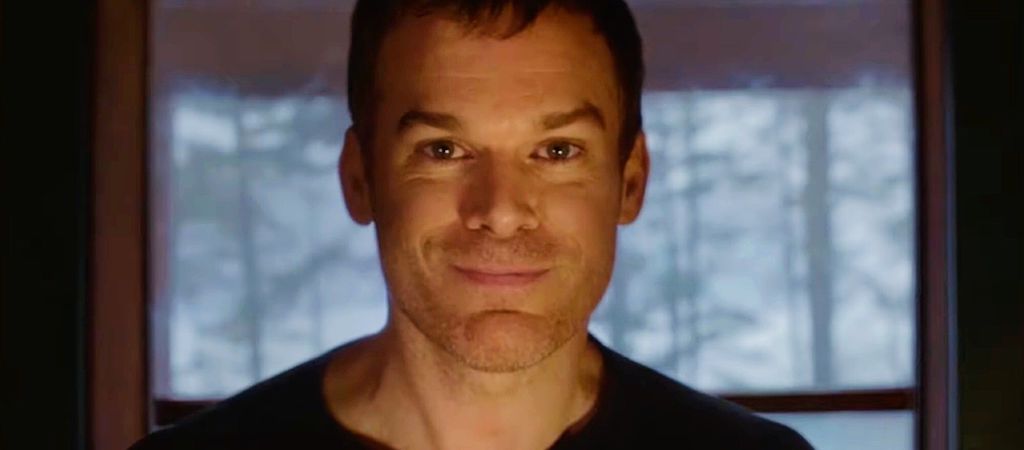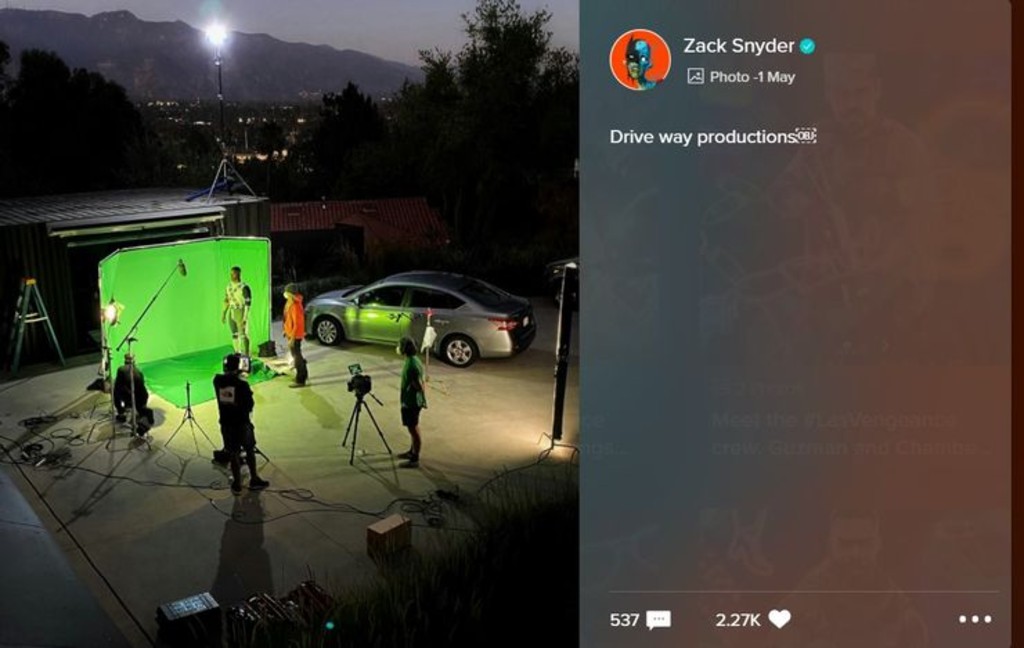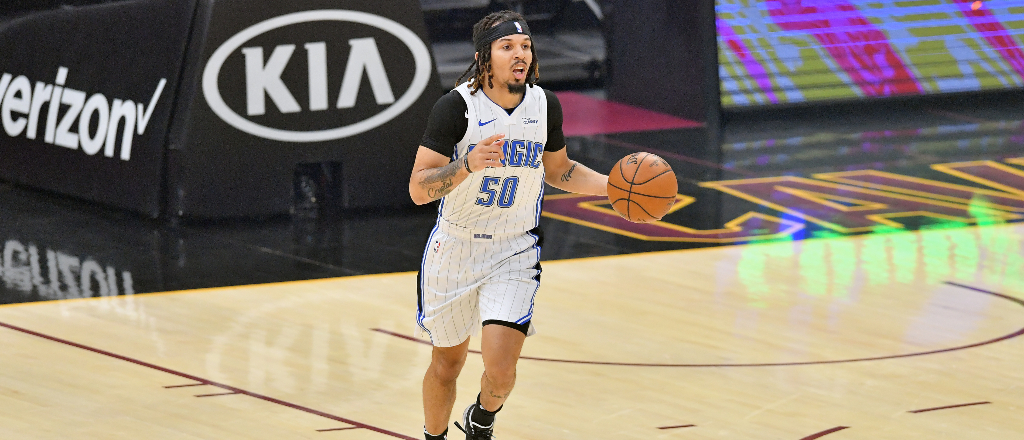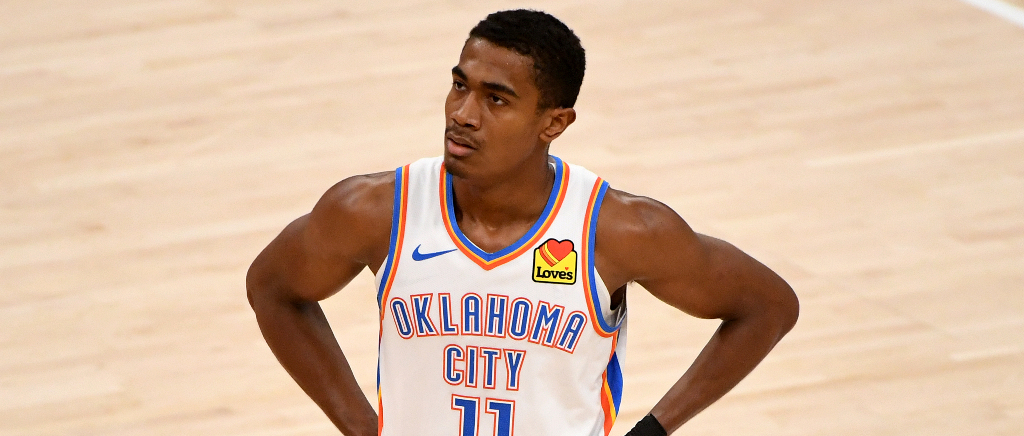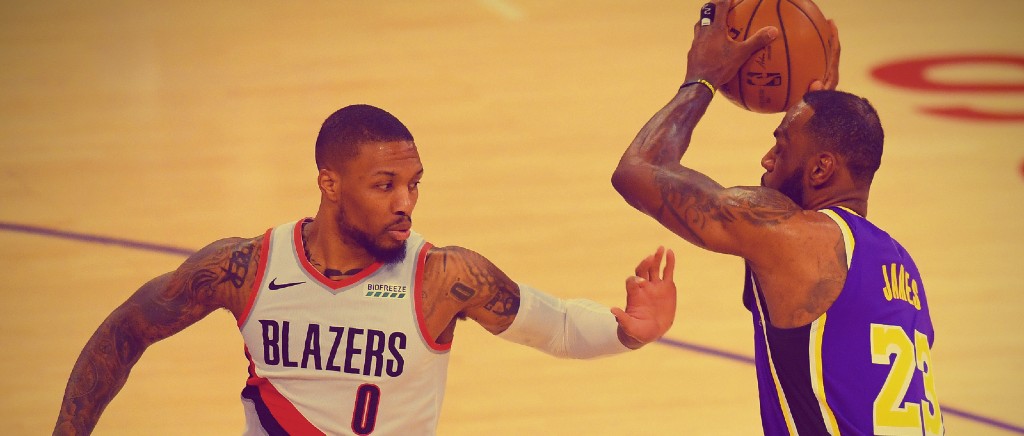
The 2020-21 NBA regular season is entering its final two weeks and with it comes the all-important stretch run. The play-in tournament, for all the complaints from some like the Mavs, is working as intended as there are far more teams coming into the end of the season with something to play for.
In both conferences there is a tight race for the 8-seed (which gives you two chances to play your way in) and a tight race for the 6-seed (which locks you into the playoffs). At the top, the conference leaders in the East and West hold a tenuous half game lead on the 1-seed, and there is potential for drama down the stretch in the hunt for homecourt advantage. As such, we are going to take a look at the final two weeks of the schedule to identify the most important games remaining on the schedule for all of the races, from the 1-seed all the way down to 10, to help you plan for what games you might be looking to tune into during this stretch run.
First, here are the standings prior to Sunday’s action, via NBA.com.
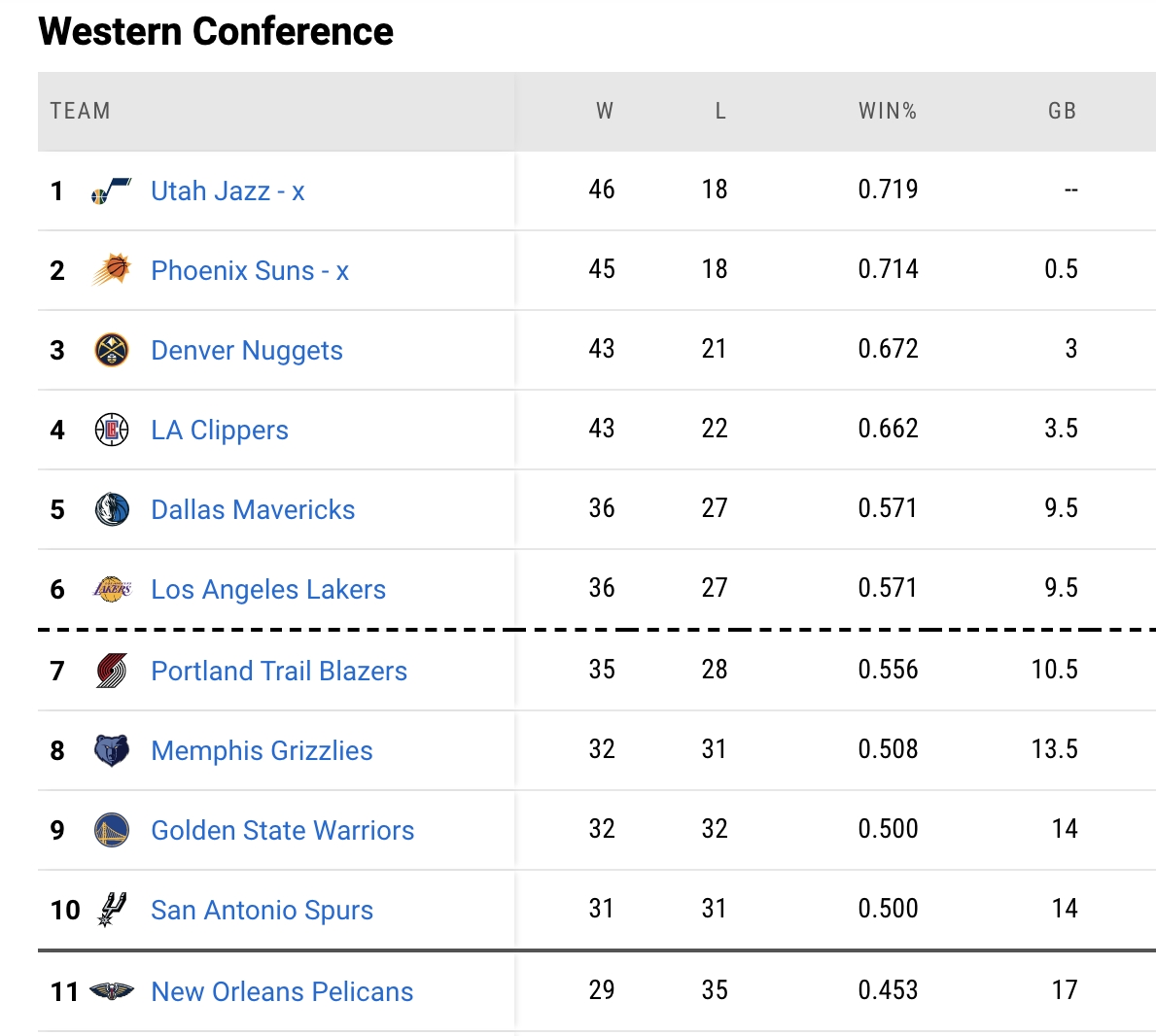
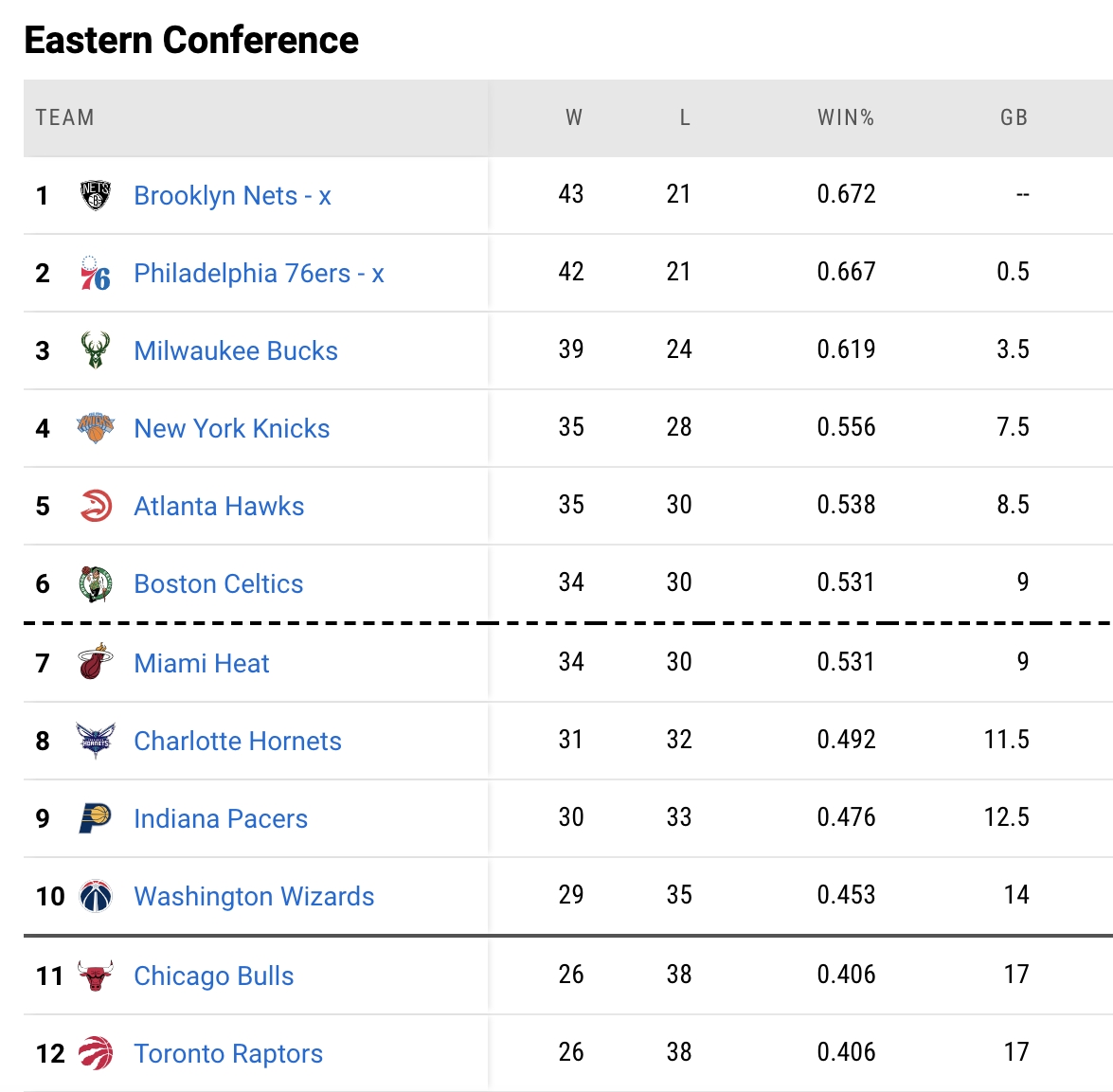
Sunday, May 2
Nets at Bucks (3:30 p.m. ET): These two teams meet twice this week in Milwaukee, and the results here could very well determine how the top 3 seeds in the East shake out. Milwaukee is three games back of Brooklyn, but can obviously close that gap to one game with two wins. The Nets, meanwhile, are tied in the loss column with Philadelphia, who are entering a friendly closing stretch that starts with Spurs/Bulls/Rockets/Pelicans/Pistons, and a loss or two could very well be the difference in the 1-seed and the 2 or 3.
Blazers at Celtics (7:30 p.m. ET): Not every key game is an in-conference showdown. Both teams are desperately trying to avoid the play-in and a win here would be huge for either. Boston is tied with Miami in the 6/7 spot but holds the tiebreaker, while Portland is a game back of the sliding Lakers for the 6-seed out West and needs to log wins to have a shot.
Heat at Hornets (8:00 p.m. ET): As noted above, Miami is tied with the Celtics and needs to keep pace with Boston, but the Hornets are currently in the 8-seed, two games back in the loss column from both the Heat and Celtics. This game feels like an eliminator for Charlotte, as a loss would put them three back of Miami and likely end any dreams of sneaking into the 6-seed, while a win can keep those dreams alive a bit longer.
Monday, May 3
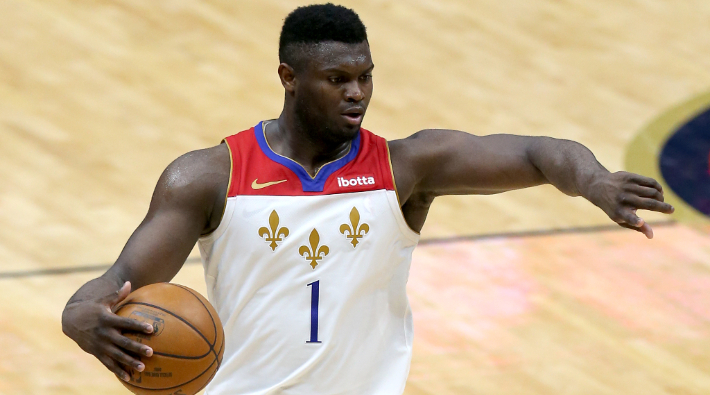
Warriors at Pelicans (7:30 p.m. ET): Speaking of eliminators, any hopes New Orleans has of sneaking into the play-in will be incumbent on their upcoming back-to-back with Golden State. The Pelicans are in 11th, three games back of the Spurs and Warriors, but a win here makes things very interesting as San Antonio has to play the Sixers and Jazz on a back-to-back). Golden State will know a win or two in New Orleans all but locks them into the play-in, and winning both could pull them into the 8-seed (they’re a half game back of Memphis), so there’s plenty of motivation on both sides.
Knicks at Grizzlies (9:00 p.m. ET): Those Grizzlies are going to be locked in a battle with the Knicks on Monday, as they look to avoid the win-or-go home scenario of the 9/10 matchup. The Knicks, meanwhile, hope to continue building a cushion in the 4-seed in the East, as they’re a game up on Atlanta in fifth and just 1.5 games ahead of Boston and Miami in 6/7. With a hellacious West coast trip on the schedule for New York, this is a game they need to get to start that cross-country trek.
Tuesday, May 4
Nets at Bucks (7:30 p.m. ET): Hey, here’s that second Brooklyn-Milwaukee matchup. If Brooklyn manages to sweep the Bucks in Milwaukee, that would end the Bucks’ chances at the 1-seed (or the two) and would let the Nets keep pace with the Sixers who, again, have a very soft start to the final two weeks of the season.
Warriors at Pelicans (8:00 p.m. ET): The Pelicans really couldn’t ask for much more than getting two games, at home, back-to-back against the team they need to chase down. Two wins and they’re one game back of Golden State (and quite likely, San Antonio as well). Anything else and the math really gets difficult for New Orleans.
Mavericks at Heat (8:00 p.m. ET): Two teams desperately trying to stay out of the play-in in their respective conferences will meet in a game as crucial as Blazers-Celtics for the same races.
Wednesday, May 5
Suns at Hawks (8:00 p.m. ET): Wednesday doesn’t have a particularly key matchup, but this could be fun and the Suns are looking to rack up wins to snatch the 1-seed in the West while Atlanta is holding on for dear life in the 5-seed in the East, just a half game up on Miami and Boston currently.
Spurs at Jazz (9:00 p.m. ET): San Antonio plays the Sixers, Jazz, and Jazz again in a four day stretch. That’s absolutely brutal for a team that needs just a couple wins to feel solid in the play-in. The Warriors could do them some favors by beating the Pelicans a couple times, but San Antonio would like to get at least one of these three games. Utah, meanwhile, is in a battle for the 1-seed, but with Donovan Mitchell out, they’re going to have an uphill climb.
Thursday, May 6
Wizards at Raptors (7:30 p.m. ET): This is a must-win if the Toronto Raptors of Tampa are going to have any shot at the play-in. They’re three back of Washington and a loss here would be curtains on their playoff dreams.
Lakers at Clippers (10:00 p.m. ET): It’s weird that this isn’t a headliner of this piece, but it’s still important. The Clippers have a soft close to the season and could very well rattle off a bunch of wins to climb into third out West, jumping Denver. The Lakers, obviously, need wins to avoid the play-in as they’re a game up on Portland for the 6 with a monster game looming with the Blazers the next night on a brutal back-to-back. This isn’t the showdown of two top seeds jockeying for position most would have anticipated from a late season Battle for L.A., but it’s still a crucial game for both.
Friday, May 7
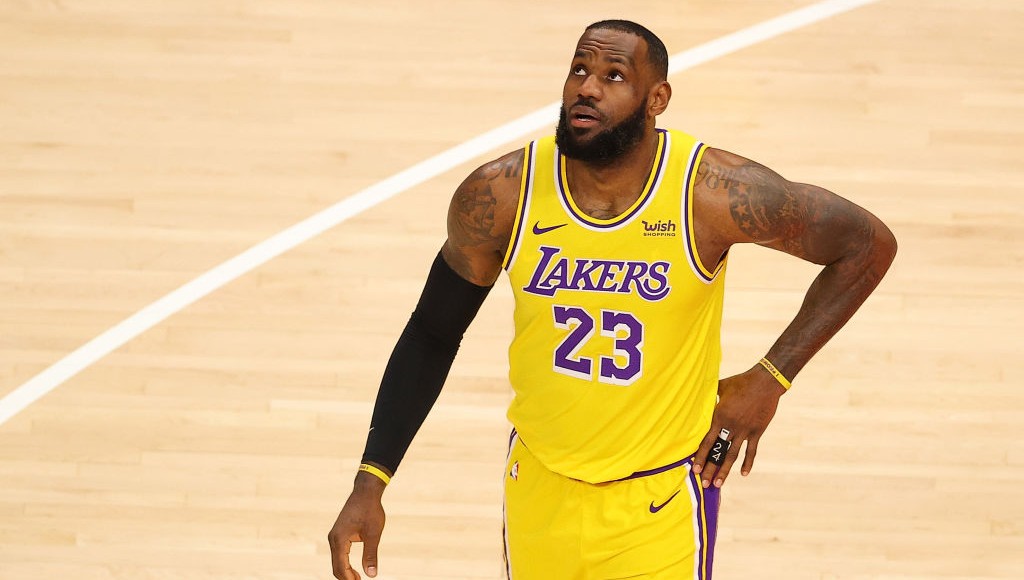
Nuggets at Jazz (9:00 p.m. ET): Friday night is a big one out West. First, a divisional battle between Denver and Utah that, depending on how everything shakes out, could be for homecourt in a semifinal series between the two as the 2/3 seed. Denver is three back of Utah, so it’s a long shot, but a win here makes things much more interesting down the stretch.
Lakers at Blazers (10:00 p.m. ET): This might be the biggest game of the rest of the regular season in the West, in terms of importance on the play-in. Portland is a game back of the Lakers currently and the winner of this game on Friday will take the season series (2-1) and thus hold the tiebreaker. That is a huge leg up in the hunt for the 6-seed, and I expect a playoff atmosphere in Portland for this one.
Saturday, May 8
Wizards at Pacers (7:00 p.m. ET): This is the second of two Pacers-Wizards games, and with Indiana just 1.5 up on Washington for 10th and a game back of Charlotte for eighth, how they fare in these two could be the difference in needing two wins or one win to make the playoffs through the play-in. It’d take a lot for Washington to catch the 8, but a win or two against Indiana would all but lock them into the play-in with Toronto three games back.
Spurs at Blazers (10:00 p.m. ET): Nets-Nuggets is going to be really fun and is the game most people will be watching late Saturday night, but Spurs-Blazers is probably more important. Again, San Antonio has to find wins somewhere as they have a miserable closing schedule, and the Blazers will be coming off the biggest game of the season with the Lakers. Either way, it might be a tough bounceback spot for Portland on a back-to-back, even at home, and this one will be crucial for both squads.
Sunday, May 9
Heat at Celtics (1:00 p.m. ET): Much like Lakers-Blazers, Heat-Celtics could determine the 7-seed out East, but making it even more fascinating is that this is the first of two straight games between these two in Boston. The two teams are tied currently and Boston would lock up the tiebreaker with Miami with one win in these two games having won their earlier meeting. Miami will likely need both wins to take an advantage on the 6-seed, because of that tiebreaker, and these are going to be very fun games.
Monday, May 10
Pelicans at Grizzlies (8:00 p.m. ET): Monday is a pretty rough slate, so we’ll go to Memphis for a showdown between two teams that don’t have a lotta love for one another. The Grizzlies would relish the opportunity to be the ones to effectively eliminate the Pelicans from the play-in. Memphis needs wins to stay in the 8 while New Orleans needs a bunch of wins to make the 10, but again, the Spurs have the Bucks on this same night so it’s another chance for the Pelicans to draw closer with San Antonio.
Tuesday, May 11
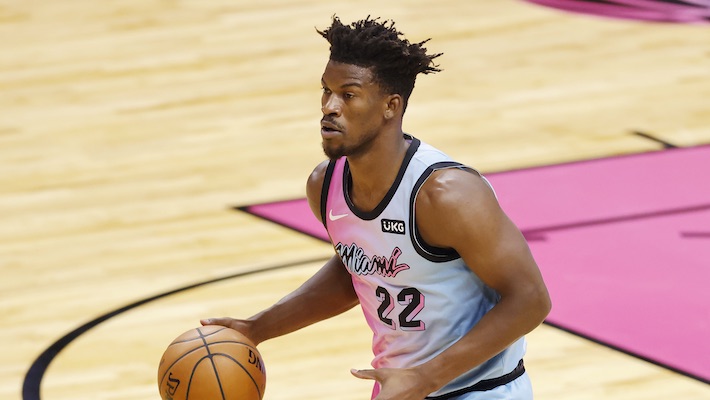
Heat at Celtics (7:00 p.m. ET): The second of the two Miami-Boston showdowns for the 6 and 7 seed in the East. These are going to be massive games.
Mavericks at Grizzlies (8:00 p.m. ET): Dallas is currently in fifth thanks to their tiebreaker with the Lakers, and get this game after a back-to-back with the Cavs which is very helpful given they have the Heat and Nets prior to that. This could be a spot where Dallas can punch their ticket to the playoffs with a win, while Memphis is coming in on a back-to-back looking to hold onto the 8.
Knicks at Lakers (10:30 p.m. ET): After that Grizzlies game mentioned earlier, New York will have played the Nuggets, Suns, and Clippers before facing the Lakers. It’s possible they come into this game trying to stay out of the 6-seed, while the Lakers are trying to get into the 6 out West. Having a Knicks-Lakers game that means something in May is an incredible thing, and this one could be very important for each.
Wednesday, May 12
Blazers at Jazz (9:00 p.m. ET): Another night without too many massive showdowns, but Portland at Utah could be big for both. Utah may be fighting for the 1-seed still with Phoenix, while Portland needs every win they can get to hold onto the 6-seed.
Thursday, May 13
Clippers at Hornets (7:00 p.m. ET): This is a weird one. Charlotte has a tenuous hold on the 8 out East (a game up on Indiana) right now, but have a lot of winnable games — Detroit, Chicago, Orlando, New Orleans. The Clippers, meanwhile, are a half-game back of Denver and, likewise have a soft closing schedule, so picking up a win here would be big in pushing for the 3 seed.
76ers at Heat (7:30 p.m. ET): This is the first appearance of Philly on this list because they have a Charmin soft schedule coming home, but this Miami game could be important to both. There’s a good chance the Sixers come into this one in the 1-seed, but only by a game or so, while Miami, coming off the Boston mini-series, will either be trying to hold onto the 6-seed for dear life or making one last push to get out of the play-in.
Friday, May 14
Pelicans at Warriors (10:00 p.m. ET): If the first mini-series goes to Golden State, this game won’t stay on the list, but should the Pels make a late push this could suddenly be very important. It is wild that these two play three times in the final two weeks, but with New Orleans three back, that’s all they could ask for in this spot.
Saturday, May 15
Hornets at Knicks (TBD): My kingdom for a final weekend game between Charlotte and New York that has serious seeding implications. It’s possible both teams are pretty well locked into where they are at this point, but with the Knicks’ hellacious road trip and the Hornets possibly in a battle for 8 with the Pacers, this could be important. Avoiding the 6-seed is paramount for the Knicks, who might be favored in a 4-5 series, but would have a serious uphill battle to winning a series if they slide to 6 and had to face the Bucks in the first round.
Heat at Bucks (TBD): This might be a playoff preview, if Miami can move to the 6-seed over these last couple weeks. Given how that series went last year, however, Milwaukee will have plenty of reason to try and take the Heat out and push them to the play-in with this matchup, should Miami be in desperate need of a win in this spot.
Sunday, May 16
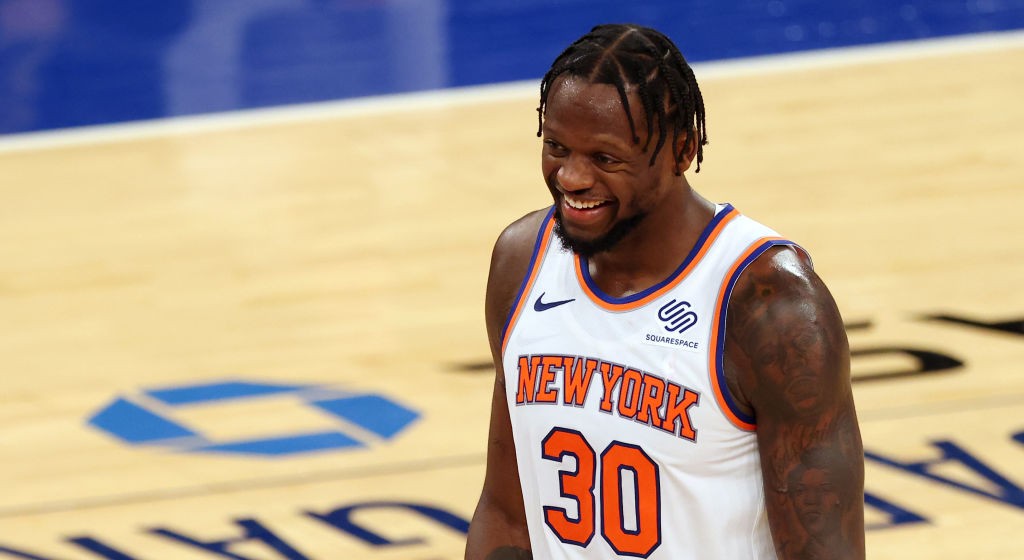
Nuggets at Blazers (TBD): Every Denver-Portland game is insane, and with seeding for Denver and Portland’s play-in fate potentially on the line, this might be the most fun game of the final day of the regular season.
Celtics at Knicks (TBD): The Knicks and Celtics could be playing to see who gets the 5 seed and who gets the 6 seed. They could be playing for homecourt in a first round 4/5 matchup, or they could be locked in where they are. Still, that a final day of the regular season Knicks-Celtics game is quite possibly meaningful again is pretty cool.
Suns at Spurs (TBD): Seriously, who did the Spurs hurt in the NBA scheduling office? Their final 10 games of the season goes Sixers/Jazz/Jazz/Kings/Blazers/Bucks/Nets/Knicks/Suns/Suns. It’s possible they have to win this game to make the play-in, pending how New Orleans closes, and their ability to do so could be dependent on if Phoenix has the 1-seed locked up or not. In any case, San Antonio making the play-in with this finishing schedule would be impressive.

